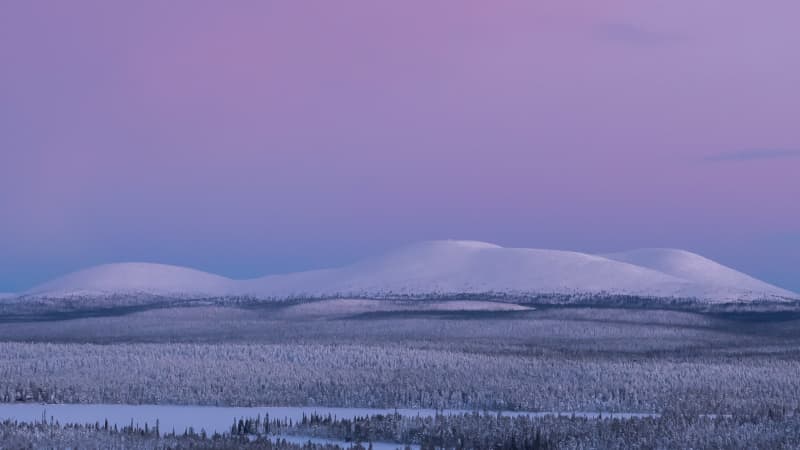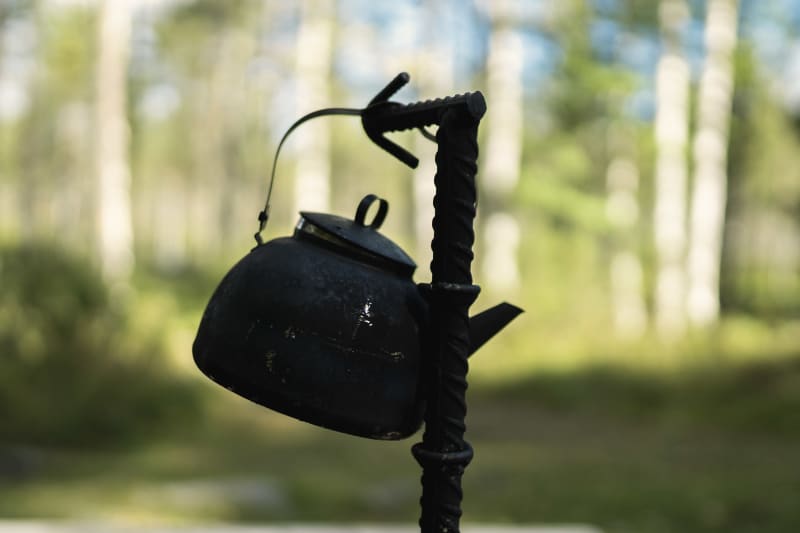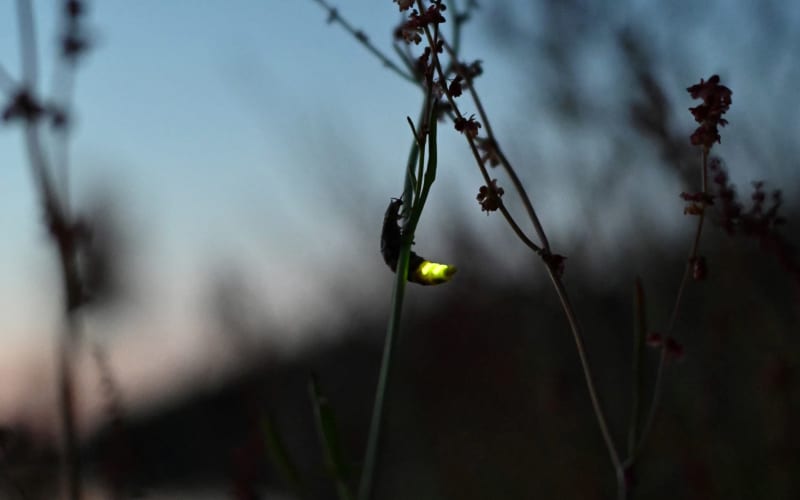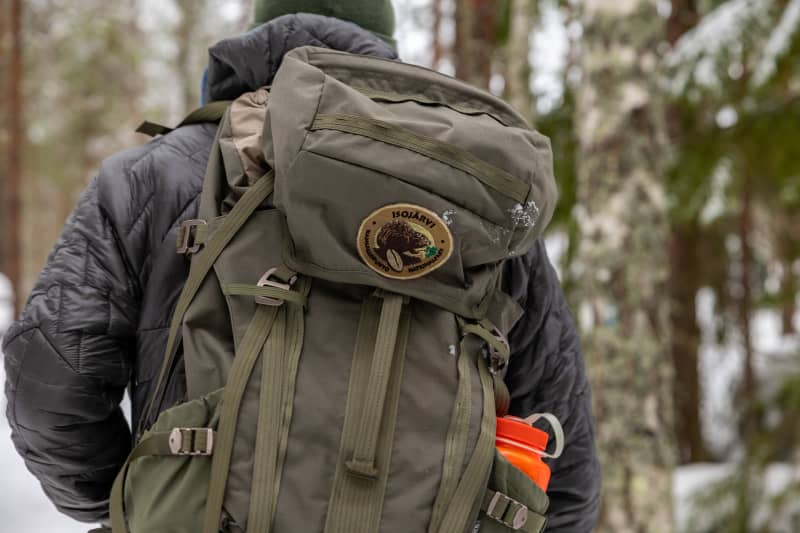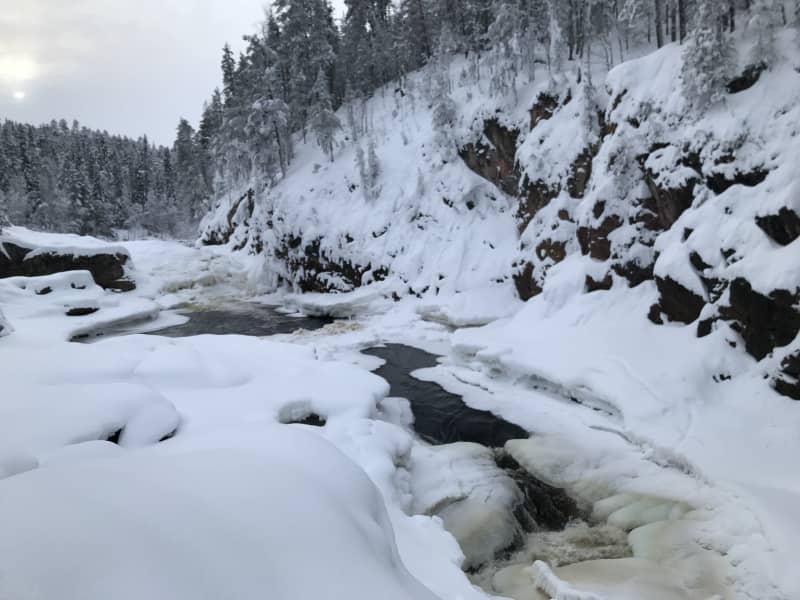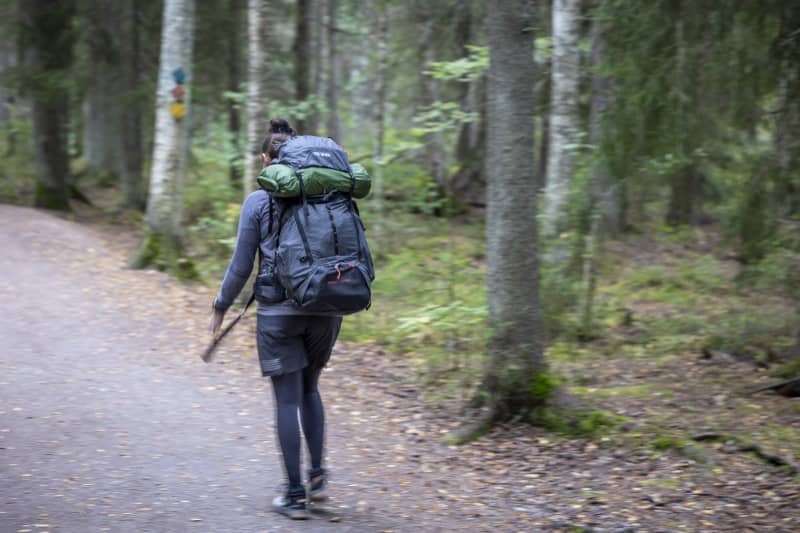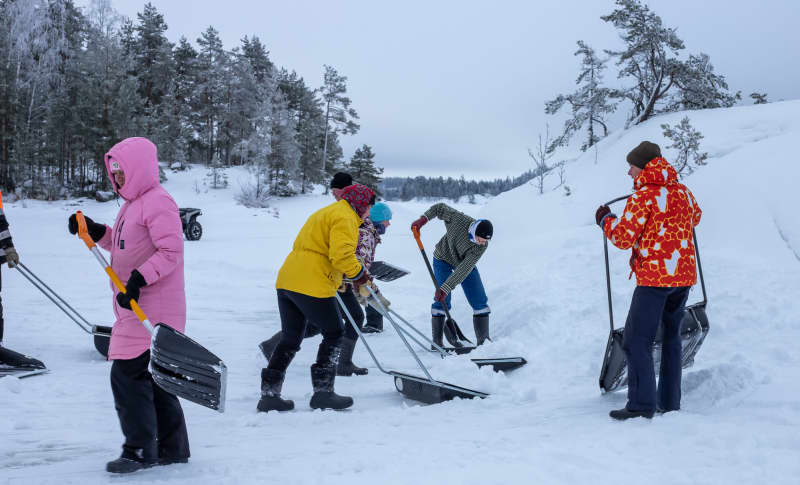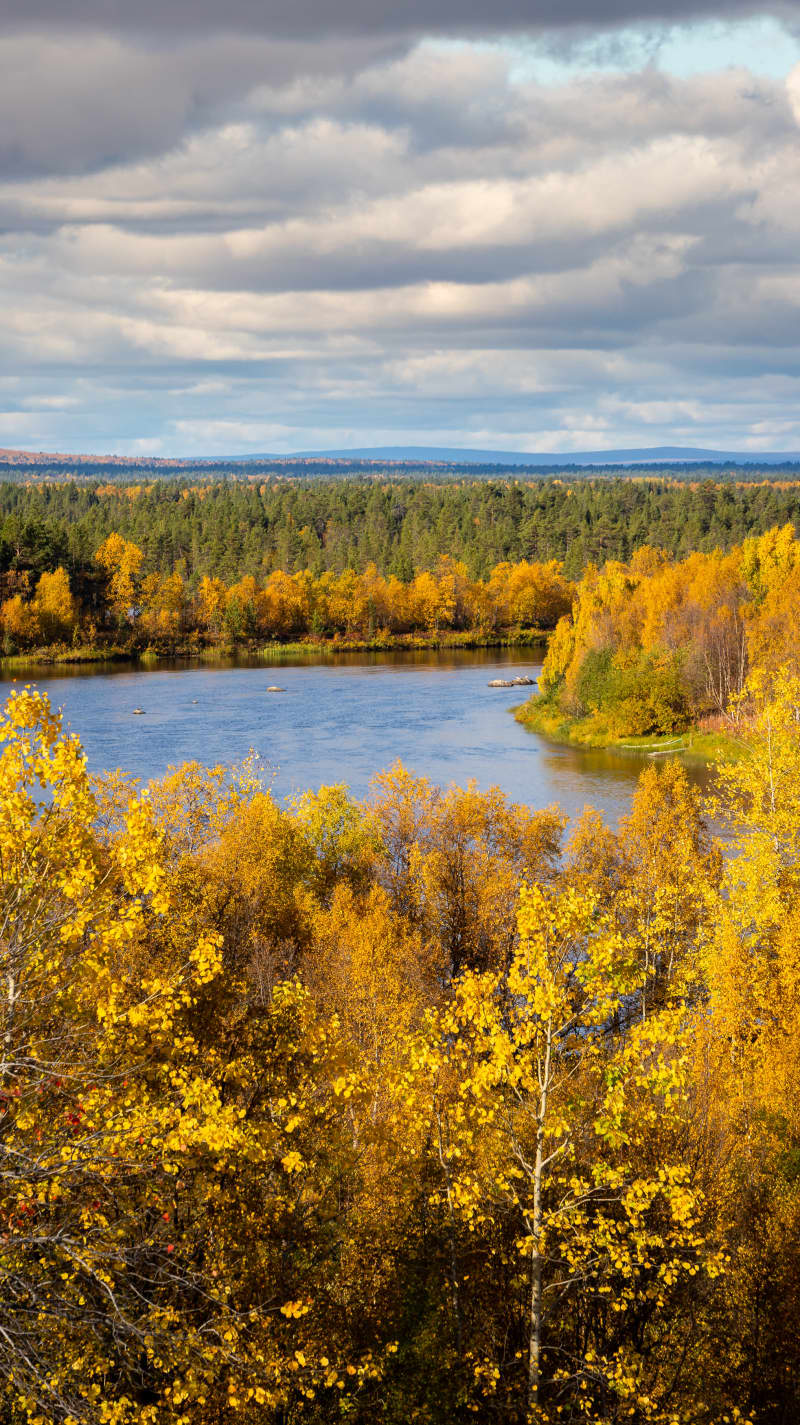Small Punkaharju nature reserve generates many times more local jobs and income than Repovesi National Park
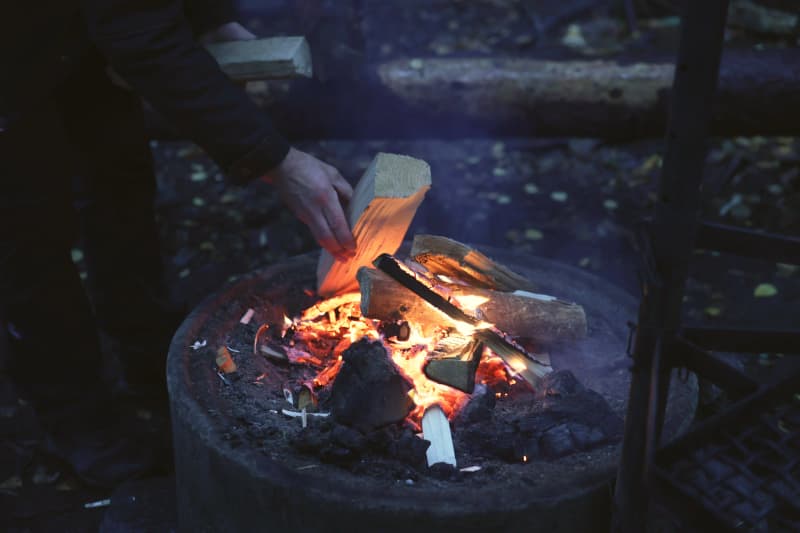
Metsähallitus has also noted the significant economic impact of the Punkaharju nature reserve.
The Punkaharju nature reserve and research forests bring significant jobs and money to the region.
According to Metsähallitus statistics, the Punkaharju nature reserve and research forests provide around 200 man-years of work for the area. The total revenue impact of the nature reserve is estimated at EUR 24 million per year.
National parks and other recreational areas generate local income through the use of services such as accommodation, restaurants and programmes by hikers.
Punkaharju had almost 140,000 visits last year. For the sake of comparison, the employment effect of Repovede National Park, which has the same size and number of visits, is only almost 40 person-years. It produces a total revenue effect of 4.5 million euros locally for the region.
…

